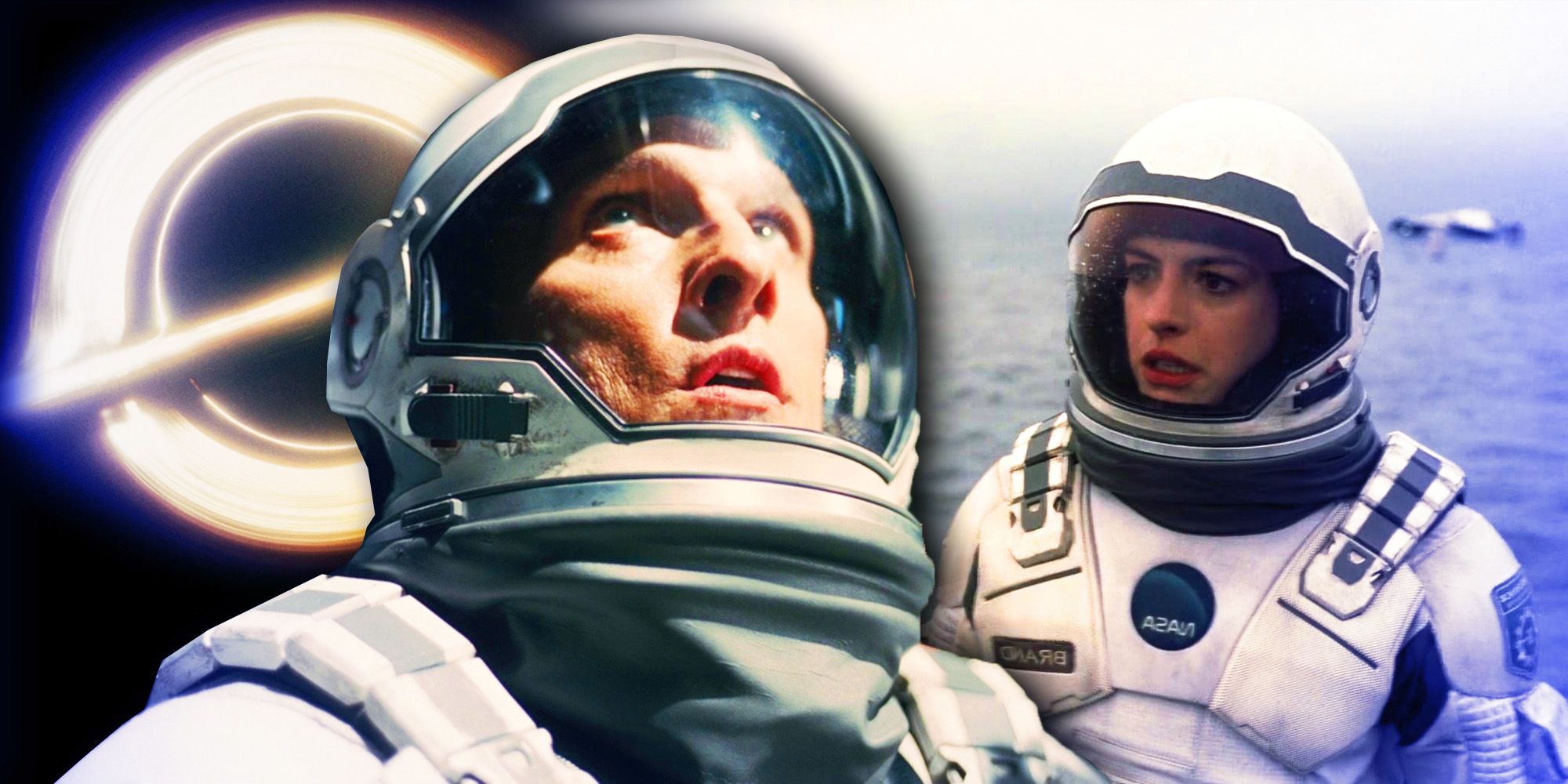For decades, the double has represented one of the most grueling and awe-inspiring challenges in American motorsport. Running the Indianapolis 500 and the Coca-Cola 600 on the same day. Only four drivers in history have taken on the 1100-mile endurance gauntlet.
Ranging from John Andretti in 1994, Robbie Gordon multiple times between 97 and 2004, Tony Stewart in 1999 and 2001 and Kurt Busch in 2014. However, Stuart remains the only man to complete every mile. This year, Kyle Larson stepped into that exclusive club as he attempts to join the Legends for the second time.
Larson’s talent has never been in question. From ovals to Daytona, the 2021 NASCAR cup series champion has shown time and again that he can view anything with four tires and horsepower. However, taking on the double requires more than skills, as it demands extreme mental stamina, physical conditioning and the ability to quickly adapt between the radically different disciplines of Indy car and stock car racing. It’s a test only you are qualified to even consider, let alone attempt.
As Larson’s preparations have been on the go, the weekend has finally arrived. In a new behind-the-scenes video, Kyle has given a glimpse of his preparation. It’s the kind of video that makes racing fans lean in a bit closer.
Strapped in tight, Larson’s take on the IndyCar
In the latest Instagram clip from his double journey, the very experienced Kyle Larson looks almost like a rookie again. But this time he is seated in the cockpit of an IndyCar and everything around him screams differently.
“Very tight,” Larson says with a wry smile, wiggling slightly to make some room for his arms. “Yeah, like your legs are together, you don’t really have room for your arms and elbows.” There is absolutely no exit exaggeration here. The IndyCar is the culprit for speed, not comfort, and Larson’s legs are nearly pressed together. The elbow space is completely nonexistent. Unlike the roomier layout of a cup car, where drivers can breathe and brace, this feels like being strapped inside a missile.
He then grabs the steering wheel. He goes on to observe, saying, “The steering wheel is a lot different kinda shows you how complicated it can be with all different dials and buttons and stuff. Visually looks way different to me than the cup car.”
The control panel of the IndyCar is embedded with dozens of switches toggles and dials that crowd a very small surface, each with its own specific function. The steering wheel has buttons, but nothing this dense. Here, everything—telemetry, clutch control, and engine mapping—is packed onto one device. He notes, “it kinda shows you how complicated it can be.”
Moreover, the Hendrick driver is struck by how “off but also nice” it is to see the front tires. In a Cup car, the hood usually obscures most of what’s ahead, leaving drivers to trust their line instinctively.
But in an IndyCar, it’s different. With its low-slung frame and its exposed wheels, precision is what matters the most. Larson openly admits that this visibility might help him. “I can see the front tires, which is off but also nice because you can be a little bit more precise on your line and stuff,” which is a small but crucial edge on a high-speed oval.
Perhaps the most interesting insight comes when he gestures to his feet. Saying, “your feet are basically touching on the wheel, like your shifter would be here; they have the clutch down here on both sides, yeah.” For a driver who is used to a more forgiving cockpit layout, it’s a clear reminder that in an IndyCar, there is absolutely no room for error or for your legs.
As he switches to pan the camera towards the Cup car, Larson notices quite a few changes. “Usually we have like our our switches over here, like the only car you have all the switches on your on your steering wheel, and then over here, this area we would have like our starter ec, driver fan, helmet fan all that,” he notices.
However, Larson believes that the differences between the two machineries are “not crazy different.”
When asked if he enjoyed driving both cars, he responds, saying, “They’re fun to drive they drive similar i think you know they’re both kinda twitch edgy, like lots of grip until they don’t have grip and then you lose it pretty quickly it’s like i thought it would feel like i was gonna be laying down in an indy car but it doesn’t it, it feels pretty, pretty natural, probably more comfortable because you are kinda reclined a little bit. This isn’t my wheel.”
An IndyCar is one of the most intricate and respected cars, but this isn’t ‘Home’ for Kyle Larson. However, he is ready to take on the challenge of the Double Duty. It is impossible to think about the history of the double duty without taking into consideration one name in particular.
Where The Double began
And that is none other than John Andretti. In 1994, Andretti did not just attempt The Double duty, but he pioneered it. He is marked as the first driver to have ever chased 1100 miles in one day. Andretti’s effort wasn’t just ambitious; it was audacious, filled with logistical nightmares and physical exhaustion. Yet it became the blueprint for every double attempt that followed.
And began that historic day at Indianapolis, driving for the legendary AJ Foyt. He finished 10th in the 500-mile race as a result, which proved that his open-wheel pedigree still ran deep. But the hard part lay ahead. Andretti was immediately thrown off course while flying directly to Charlotte from the NASCAR Coca-Cola 600.
The authorities would not allow his helicopter to land at the Speedway and that cost him valuable time and added an unexpected amount of stress to an already intense day.
But his troubles did not end here. Because he missed the mandatory driver’s meeting in Charlotte, Andretti was forced to start from the back of the field; despite this, he pressed on. Making steady progress in the early stages of the race. However, fate intervene and after 220 laps, his engine gave out. Just like that, his attempt to complete all 1100 miles ended up being 180 laps short. Despite this mechanical failure, Andretti’s run was an extremely remarkable moment in the sport.
Now three decades later, Larson, the current leader of the Driver standings, takes on this challenge with better resources and more refined logistics. Larson may be aiming for a clean sweep, but his journey, like Andretti, is about more than just miles. It’s about honoring a legacy of racing boldness, one that begins with the Andretti name and that continues every time a driver says to defy limits.
With the big day approaching, will Larson rise to the occasion and re-mark history on the glorious track of Charlotte?
The post Kyle Larson Dissects the Key Differences Between NASCAR’s Cup Car and IndyCar Cockpits appeared first on EssentiallySports.


 6 hours ago
5
6 hours ago
5 










 Bengali (Bangladesh) ·
Bengali (Bangladesh) ·  English (United States) ·
English (United States) ·